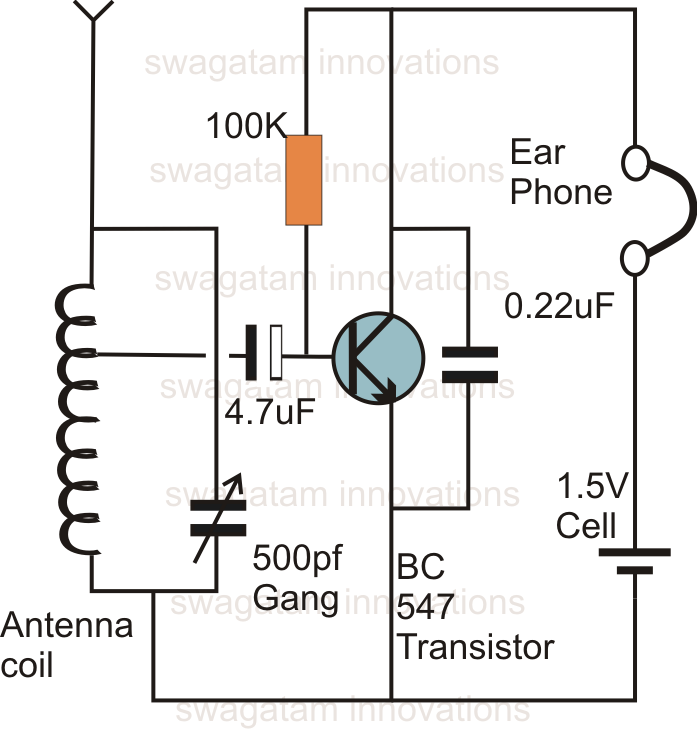

At the time, the goals of high-speed device development were logic circuits for supercomputers, more powerful radio-wave emitters for microwave applications, and low-noise amplifiers to detect very weak radio signals. The fastest transistor before HEMT’s invention was the GaAs Metal-Semiconductor Field Effect Transistor (MESFET) invented in 1966. Historical Background of the Birth of HEMT The major historical significance concerning High Electron Mobility Transistor (HEMT) is described in detail below.ġ. welcomes any visitors the prior notification is required before a visit. The intended plaque site is on a premise of Atsugi Office, Fujitsu Laboratories Ltd. How the intended plaque site is protected/secured The plaque will be displayed in the exhibition room on the grand floor of the Atsugi Office, Fujitsu Laboratories Ltd. Street address(es) and GPS coordinates of the Milestone Plaque Sitesġ0-1 Morinosato-Wakamiya, Atsugi 243-0197, Japan.GPS coordinates: 35.443405, 139.313921ĭetails of the physical location of the plaque They have been widely used in radio telescopes, satellite broadcasting receivers and cellular base stations, becoming a fundamental technology supporting the information and communication society. HEMTs proved superior to previous transistor technologies because of their high mobility channel carriers, resulting in high speed and high frequency performance. The HEMT was the first transistor to incorporate an interface between two semiconductor materials with different energy gaps. High Electron Mobility Transistor, HEMT, 1979 7 Features that set this work apart from similar achievements.5 How the intended plaque site is protected/secured.4 Details of the physical location of the plaque.3 Street address(es) and GPS coordinates of the Milestone Plaque Sites.


 0 kommentar(er)
0 kommentar(er)
